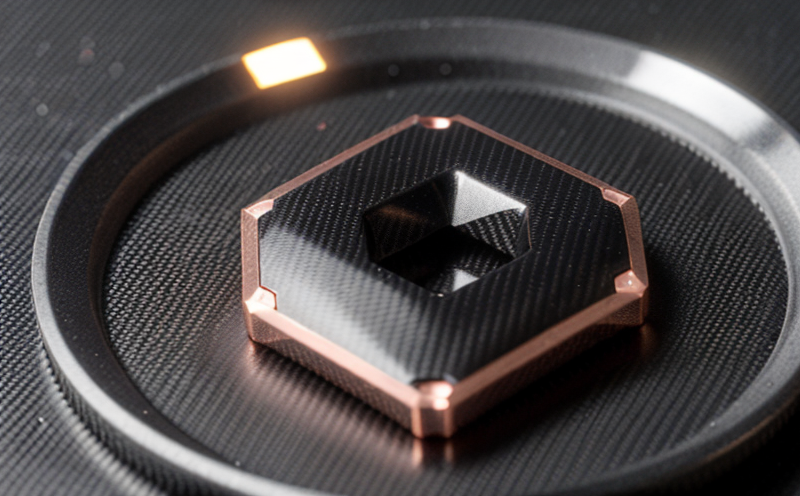ISO 16300 Electrical Conductivity Testing of Graphene Films
The ISO 16300 standard provides a comprehensive framework for the measurement and characterization of electrical conductivity in graphene films. This service is particularly critical for ensuring that materials meet rigorous quality standards, which are essential for applications ranging from electronics to composites.
Graphene's unique properties make it an attractive material for various industries, but its electrical behavior can vary significantly depending on the production method and quality of the film. ISO 16300 offers a standardized approach to testing this critical property, ensuring consistency and comparability across different laboratories and batches.
The test involves preparing graphene films according to specific protocols outlined in the standard. This typically includes transferring the graphene onto a suitable substrate (such as silicon dioxide or copper) using techniques like spin coating or Langmuir-Blodgett. The prepared samples are then subjected to electrical conductivity measurement using four-point probe resistivity measurements.
The procedure requires precise control over temperature and humidity, as these factors can significantly influence the results. ISO 16300 specifies conditions for sample preparation and testing to minimize such variability. The standard also provides guidance on data analysis, ensuring that any anomalies are identified early in the process.
Once conducted, the test produces a resistance value from which conductivity (σ) can be calculated using Ohm's law: σ = 1 / (R * t), where R is the measured resistance and t is the thickness of the film. This calculation provides insights into the quality and potential performance of the graphene film.
Understanding these electrical properties is crucial for optimizing the synthesis process, ensuring that commercial products meet industry standards, and facilitating advancements in research. By adhering to ISO 16300 guidelines, laboratories can produce reliable and repeatable results, which are indispensable for quality assurance and regulatory compliance.
| Standard Code | Title | Description |
|---|---|---|
| ISO 16300-2 | Nanotechnologies — Characterization and Evaluation of Nanomaterials — Part 2: Electrical Conductivity Measurement | This part specifies the measurement of electrical conductivity for graphene films, including sample preparation, testing procedures, and data analysis. |
The ISO 16300 standard is widely recognized in the scientific community and regulatory bodies. Its implementation ensures that tests are conducted with consistency and precision, leading to reliable results that can be trusted by all stakeholders involved in graphene research and development.
Applied Standards
| Standard Code | Title | Description |
|---|---|---|
| ISO 16300-2 | Nanotechnologies — Characterization and Evaluation of Nanomaterials — Part 2: Electrical Conductivity Measurement | This part specifies the measurement of electrical conductivity for graphene films, including sample preparation, testing procedures, and data analysis. |
International Acceptance and Recognition
- The ISO 16300 standard is widely accepted in the scientific community for its rigorous approach to characterizing electrical conductivity in graphene films.
- This standard is also recognized by regulatory bodies, ensuring that test results are valid across different regions and industries.
Environmental and Sustainability Contributions
- The use of graphene films in various applications can lead to reduced weight in electronics, which contributes to lower energy consumption during operation.
- Efficient electrical conductivity ensures better performance in renewable energy technologies like solar cells, promoting sustainable energy solutions.





